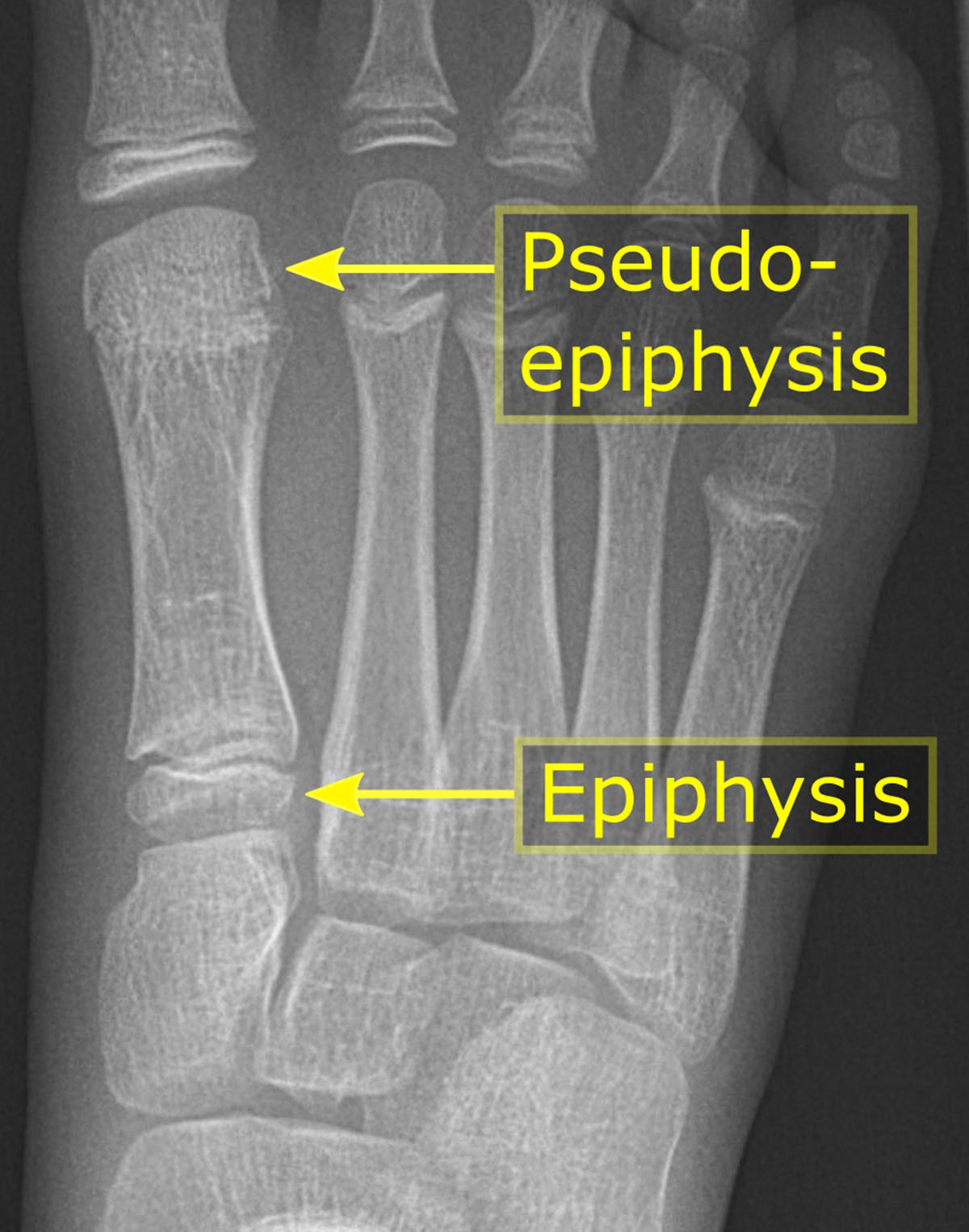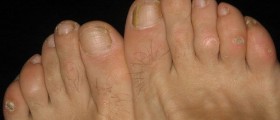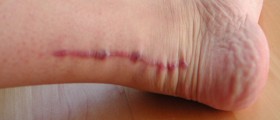
Metatarsalgia is a term used to refer to painful foot condition that affects the metatarsal region of the foot. Metatarsal region refers to metatarsus or metatarsal bones, a group of five long bones in the foot located between the tarsal bones of the hind and mid-foot and the phalanges of the toes. Lacking individual names, the metatarsal bones are numbered from the side of big toe: the first, second, third, fourth, and fifth metatarsal. Metatarsalgia most commonly affects the first metatarsal head, the ball of the foot just behind the big toe.
Symptoms of metatarsalgia
Metatarsalgia is a condition marked by pain and inflammation in the ball of patient’s foot. The symptoms vary from patient to patient but they commonly include pain in the ball of the foot. Metatarsalgia usually occurs in the region between the arch and the toes. The pain is usually razor-sharp, shooting, and burning in nature. Some patients may complain about a lack of feeling and itching in the toes. They usually report a feeling in the feet as if they are walking on pebbles or having a bruise from a stone. If one bends the toes upwards and applies pressure over the knuckles of the foot, the pain can frequently be localized to one metatarsal head. The pain increases when the patient walks barefoot, especially on a hard surface, and decreases if a patient walks in good running shoes, especially those with forefoot cushioning. Usually person walks on the outside of the foot in an effort to avoid stepping on the ball of the foot. Sometimes the symptoms also involve swelling.
Causes of metatarsalgia
Metatarsalgia results from the compression of a small toe nerve between two displaced metatarsal bones. The head of one metatarsal bone presses against another and metatarsalgia occurs when the bones catch the nerve between them. With every movement, the nerve is compressed by the bones, rubbed and irritated. This finally results in inflammation and accompanying symptoms of metatarsalgia. The surrounding tissue becomes enlarged initiating the process of scarring, in order to protect the nerve fibers. Metatarsalgia may result naturally from the particular inherited shape of the feet. It is often caused by wearing tight shoes with thin soles and high heels. Excess weight from pregnancy or obesity can also contribute to metatarsalgia. Sometimes, it results from foot disorders such as rheumatoid arthritis, stress fractures, fluid accumulation and muscle fatigue. Nerve disorders, such as Morton's neuroma can cause a burning sensation that may radiate to other parts of the foot.

















Your thoughts on this
Loading...